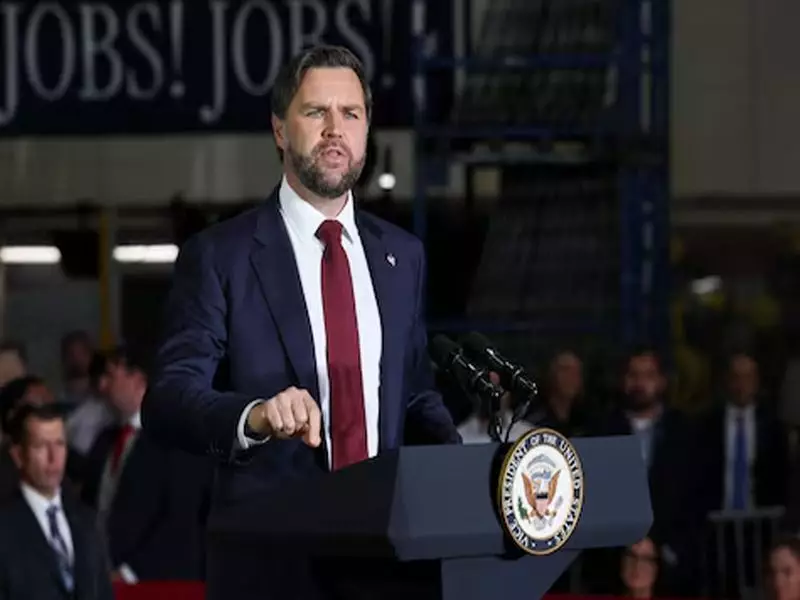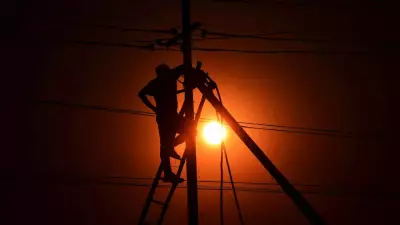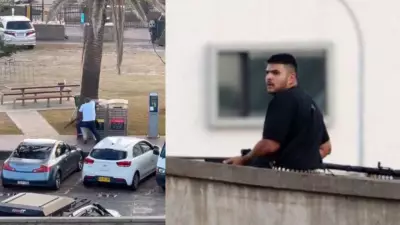
A dramatic exchange between a South Asian woman and US Vice President JD Vance has taken social media by storm, capturing global attention and highlighting growing concerns within immigrant communities about American policies.
The Confrontation That Captured Millions
During what appeared to be a routine public appearance, the woman boldly approached Vice President Vance with pointed questions about his stance on immigration and religious freedom. The tense moment, captured on video, has since been viewed millions of times across various social media platforms.
Questions That Resonated Across Communities
The woman's interrogation touched upon several sensitive topics that have become central to American political discourse:
- Immigration policies affecting South Asian communities
- Religious freedom concerns for minority groups
- The future of diaspora relations with the current administration
- Civil liberties and their protection under the new leadership
Viral Impact and Global Reactions
The video quickly transcended national boundaries, sparking conversations among South Asian communities worldwide. Many praised the woman's courage in directly confronting a high-ranking official, while others debated the appropriateness of the approach.
"This isn't just about one exchange," commented a social media user. "It represents the voice of millions who feel their concerns are being ignored in political discourse."
Broader Implications for US-Diaspora Relations
The viral moment underscores the increasing political engagement of South Asian communities in Western democracies. As diaspora populations grow and become more politically active, such direct engagements with elected officials may become more common.
The incident also highlights how social media has transformed political accountability, allowing ordinary citizens to challenge powerful figures and have their voices amplified globally within hours.
As the conversation continues to evolve online, this exchange serves as a powerful reminder of the changing dynamics between political leadership and the diverse communities they represent.





